Turmeric Hammer Mill Manufacturer
-
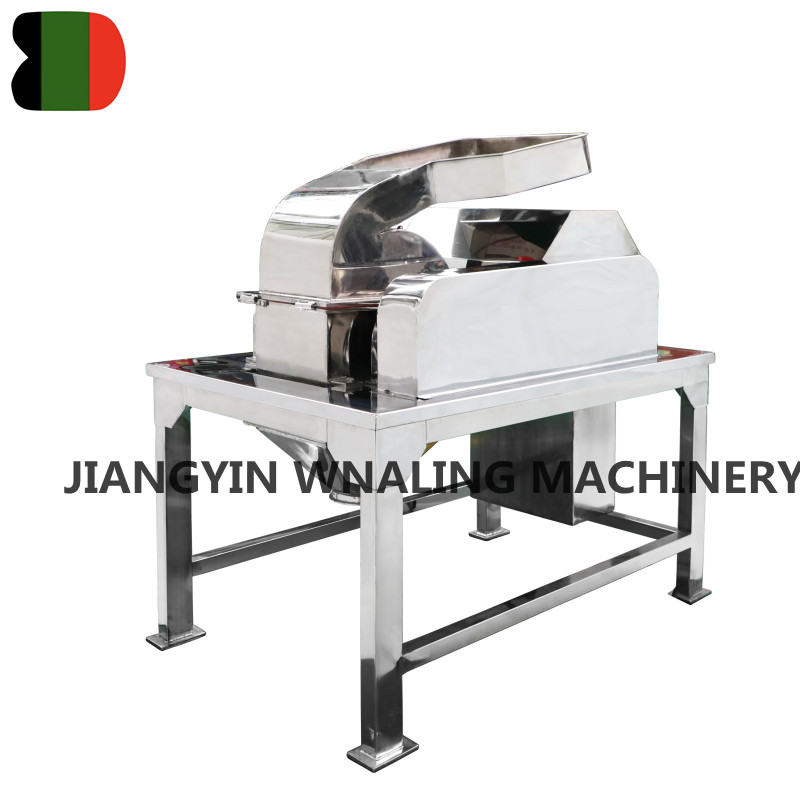
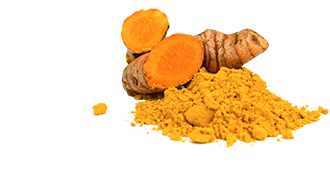
WSDF Turmeric Hammer Mill Milling Machine
Targeted Turmeric: Unlike generic hammer mills, the WSDF is specifically designed for grinding turmeric. Its grinding mechanism ensures a un... -
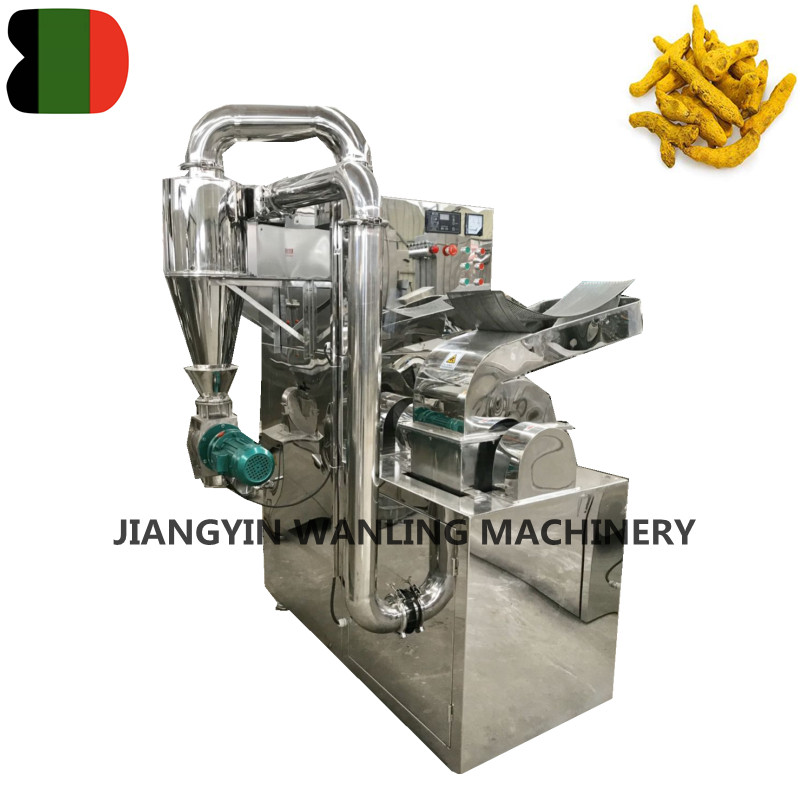
WSDF Turmeric Hammer Mill With Cyclone
The WSDF Turmeric Hammer Mill with Cyclone is a game-changer for turmeric processing. This industrial grinder pulverizes raw turmeric into u... -
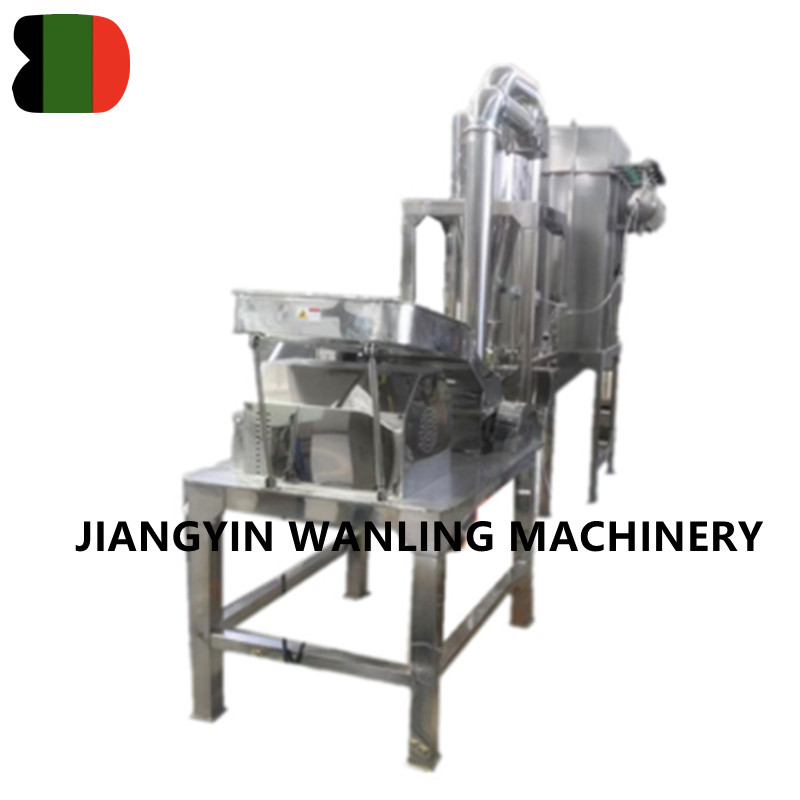
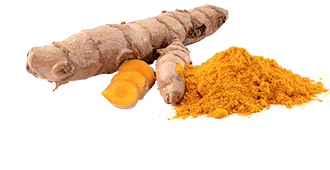
WSDF Automatic Turmeric Hammer Mill
The WSDF Automatic Turmeric Hammer Mill pulverizes turmeric root into a consistently fine powder, ideal for commercial applications. Featuri... -


WSDF turmeric grinding machine hammer mill
The turmeric mill is WANLING company new product, it is designed for grinding spices, like turmeric,ginger,chilli,cinnamon and etc. The turm... -

WSDF automatic spice hammer mill machine
The spice mill machine use hammer blade as grinding blade,this blade is specifically designed for crushing spices, like turmeric,ginger,cinn... -


WSDF high capacity ginger hammer mill grinder machine
The ginger grinder machine is WSDF complete type hammer mill, the mill is specifically designed for crushing ginger, it have better grinding... -


WSDF turmeric hammer mill turmeric grinding machie
The turmeric grinder machine is WSDF complete type hammer mill, the mill is specifically designed for crushing turmeric, it have better grin... -


grinding machine for spices
The grinding machine is specifically designed for crushing spice,like turmeric,chilli,cinnamon, it have better grinding effect than pin mill... -


spice grinder machine
The spice grinder machine is WANLING company hot sale grinding machine. Because many clients need grinder to make spice powder. The grinder ...

About Us
Honor
-
 Honor
Honor -
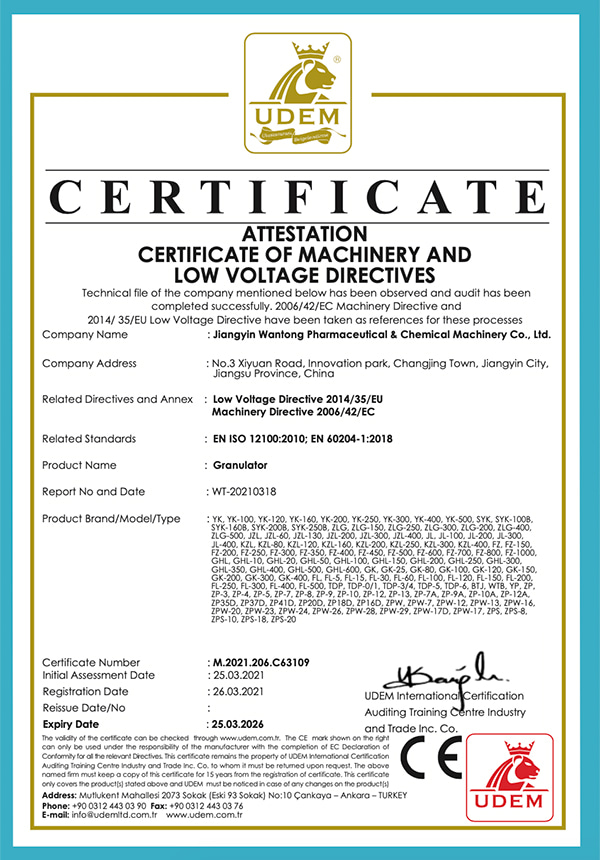 CE
CE
News
-
Industry News 2025-10-22
1. What a Horizontal Ribbon Mixer Is and Where It’s Used A horizontal ribbon mixer is an industrial ...
View More -
Industry News 2025-10-16
A tray dryer is a batch drying equipment widely used in the pharmaceutical, food, and chemical indus...
View More -
How does a double cone blender compare to ribbon blenders or V-blenders for industrial applications?Industry News 2025-10-09
A double cone blender has distinct advantages and limitations when compared to ribbon blenders and V...
View More -
Industry News 2025-10-01
Electric-Powered Tray Dryers Advantages: Precise and Stable Temperature ControlElectric-powered tr...
View More
Industry Knowledge Expansion
How does the hammer mill preserve the flavor and nutrients of turmeric?
Preserving the flavor and nutrients of turmeric during the grinding process is crucial for maintaining its quality. Here are some ways in which a hammer mill can contribute to preserving the flavor and nutrients of turmeric:
Gentle Crushing Action: hammer mills are designed to apply controlled impact force to crush materials. This gentle crushing action helps to minimize heat generation, which can degrade the flavor and nutritional content of turmeric.
Low Heat Generation: Unlike traditional grinding methods that generate significant heat, hammer mills produce minimal frictional heat during the grinding process. This helps to preserve the heat-sensitive compounds and volatile oils present in turmeric, which contribute to its flavor and aroma.
Short Grinding Time: hammer mills are known for their efficient grinding capabilities, which enable the rapid reduction of turmeric into fine powder. The short grinding time minimizes exposure to heat and oxidation, preserving the freshness and nutritional integrity of the turmeric.
Adjustable Grinding Parameters: Modern hammer mills offer adjustable grinding parameters, such as rotor speed and hammer configuration. Fine-tuning these parameters allows operators to optimize the grinding process for turmeric, ensuring gentle yet effective grinding without excessive heat generation.
Closed Grinding System: Some hammer mills feature closed grinding systems, which help to contain the grinding process and minimize exposure to external factors that could degrade the quality of turmeric. This closed system helps to maintain a controlled environment conducive to preserving flavor and nutrients.
Hygienic Design: hammer mills designed for food processing applications often incorporate hygienic design features, such as stainless steel construction and easy-to-clean surfaces. This ensures that the turmeric remains free from contamination and maintains its purity and nutritional value.
A hammer mill can effectively preserve the flavor and nutrients of turmeric during the grinding process, resulting in high-quality turmeric powder suitable for various culinary and medicinal applications.
What are the key adjustable grinding parameters in a hammer mill?
In a hammer mill, several key adjustable grinding parameters significantly influence the efficiency and quality of the grinding process. Here are the primary parameters that can be adjusted:
Rotor Speed
Impact on Particle Size: Adjusting the rotor speed directly affects the size of the particles produced. Higher speeds typically result in finer particles, while lower speeds produce coarser particles.
Heat Generation: Rotor speed adjustments also influence heat generation. Optimal speeds can minimize heat, preserving the quality of heat-sensitive materials like turmeric.
Hammer Configuration and Size
Hammer Type and Number: Different hammer types and configurations can be used to optimize the grinding process for specific materials. The number of hammers and their arrangement affect the impact force and grinding efficiency.
Hammer Clearance: Adjusting the clearance between the hammers and the screen can fine-tune the particle size and grinding efficiency. Smaller clearances produce finer particles.
Screen Size and Type
Mesh Size: The size of the openings in the screen determines the final particle size. Smaller mesh sizes result in finer powders, while larger mesh sizes allow for coarser particles.
Screen Type: The material and design of the screen (e.g., perforated plates vs. woven wire screens) can be chosen based on the specific requirements of the material being processed.
Feed Rate
Material Flow: The rate at which material is fed into the hammer mill affects the grinding efficiency and particle size distribution. An optimal feed rate ensures uniform grinding and prevents overloading or underutilization of the mill.
Airflow and Ventilation
Airflow Control: Regulating the airflow through the mill can influence the grinding process by helping to cool the material and control dust. Proper ventilation ensures efficient operation and helps in achieving the desired particle size.
Mill Clearance and Gap Settings
Adjustable Gaps: The gap between the grinding plates or the clearance between the hammers and the mill's interior walls can be adjusted to control the fineness of the grind.
Impact on Product Consistency: Fine-tuning these gaps helps in achieving consistent particle size distribution and maintaining product quality.
Operators can optimize the performance of a hammer mill to achieve the desired particle size, minimize heat generation, and ensure the efficient processing of materials like turmeric. This flexibility makes hammer mills versatile and effective tools for various grinding applications.



 Español
Español
